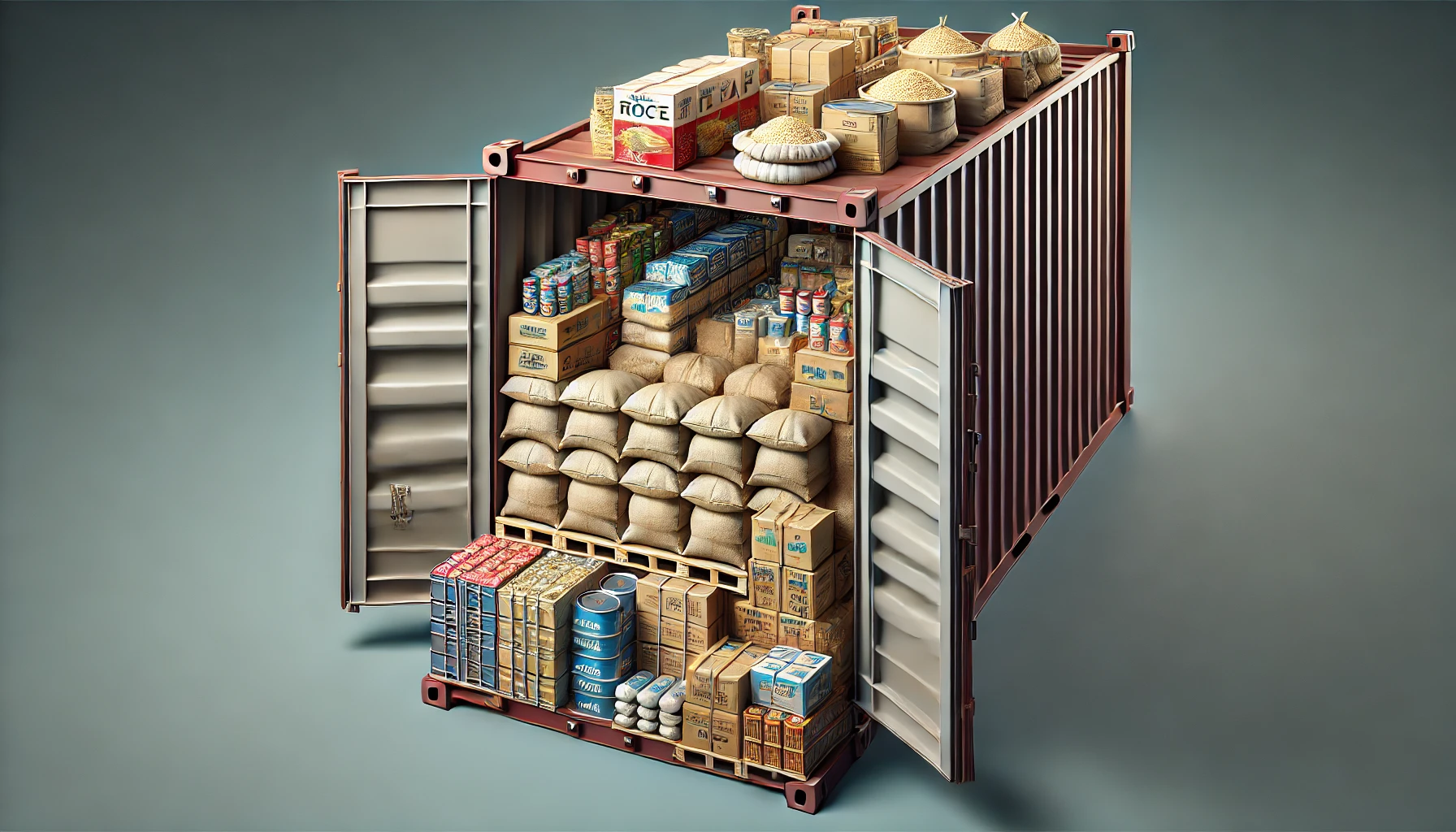Pakistan’s merchandise exports grew by 1.95% year-on-year in March, reaching $2.62 billion, after suffering a contraction of 5.57% in February, according to the Pakistan Bureau of Statistics (PBS).
The growth in exports, which had slowed from double digits to single digits in the latter half of FY25, saw a 5.10% month-on-month increase in March.
Despite the deceleration, the exports remained positive, with the first nine months of FY25 showing a 6.33% increase in export proceeds, totaling $24.69 billion, up from $22.93 billion during the same period last year. In comparison, exports in FY24 rose by 10.54%, amounting to $30.64 billion, up from $27.72 billion in FY23.
The pace of export growth had been strong early in FY25, driven by increased orders and a stable exchange rate. Exports grew by 11.83% in July, 16% in August, and 13.52% in September, but the increase began to slow down in the following months, with smaller gains of 0.67% in December and 4.59% in January.
Global buyers have recently redirected clothing orders from Bangladesh and China to Pakistan, providing an opportunity for exporters to capture a larger market share. However, the impact of rising gas tariffs and a phased 20% levy on natural gas supplied to the textile industry’s captive power plants (CPPs) will likely affect the sector in the upcoming months.
Imports, meanwhile, increased by 6.33% to $42.58 billion in July-March FY25, up from $40.05 billion in the same period last year. In March, imports decreased slightly by 2.45% to $4.74 billion compared to $4.85 billion in March 2024, with a month-on-month decline of 1.11%.
The IMF revised its import forecast for FY25 downward by $3.3 billion, now expecting imports to total $57.2 billion, in line with the government’s projection. The trade deficit for July-March FY25 increased by 4.50%, reaching $17.89 billion, up from $17.13 billion last year. However, the deficit narrowed in March, falling by 7.83% to $2.12 billion, down from $2.29 billion in the same month last year.
In FY24, the trade deficit shrank to $24.08 billion, compared to $27.47 billion in FY23, reflecting a reduction in the overall trade gap.
